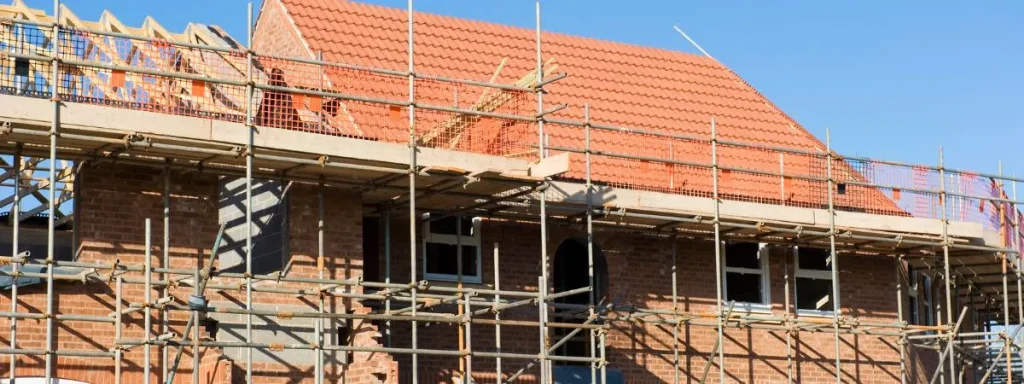Looking for air testing in the Cotswolds. In this article, we’ll explore the top air permeability solutions that residential builders can use to meet these standards and improve the performance of their homes.
Insulation
One of the most effective ways to improve air permeability is through insulation. This involves using materials such as fibreglass, cellulose, or foam to fill the gaps and cracks in the building’s envelope. Insulation not only helps to reduce heat loss and gain but also minimizes air leakage.
In the Cotswolds, where temperatures can drop significantly during winter months, insulation is particularly important to ensure that homes remain warm and comfortable.
Air barriers
Air barriers are another solution that builders can use to improve air permeability. An air barrier is a material or system that is used to create a continuous barrier against air leakage. Common air barrier materials include drywall, sheathing, and house wraps.
Using air barriers in conjunction with insulation can significantly improve the energy efficiency of a building and reduce heating and cooling costs.
Duct sealing
Duct sealing is another effective way to improve air permeability in homes. Ducts are the conduits that distribute air from heating and cooling systems throughout the building. However, if ducts are leaky or poorly insulated, they can lead to significant energy losses.
Sealing and insulating ducts can help to prevent these energy losses and improve the overall performance of heating and cooling systems.

